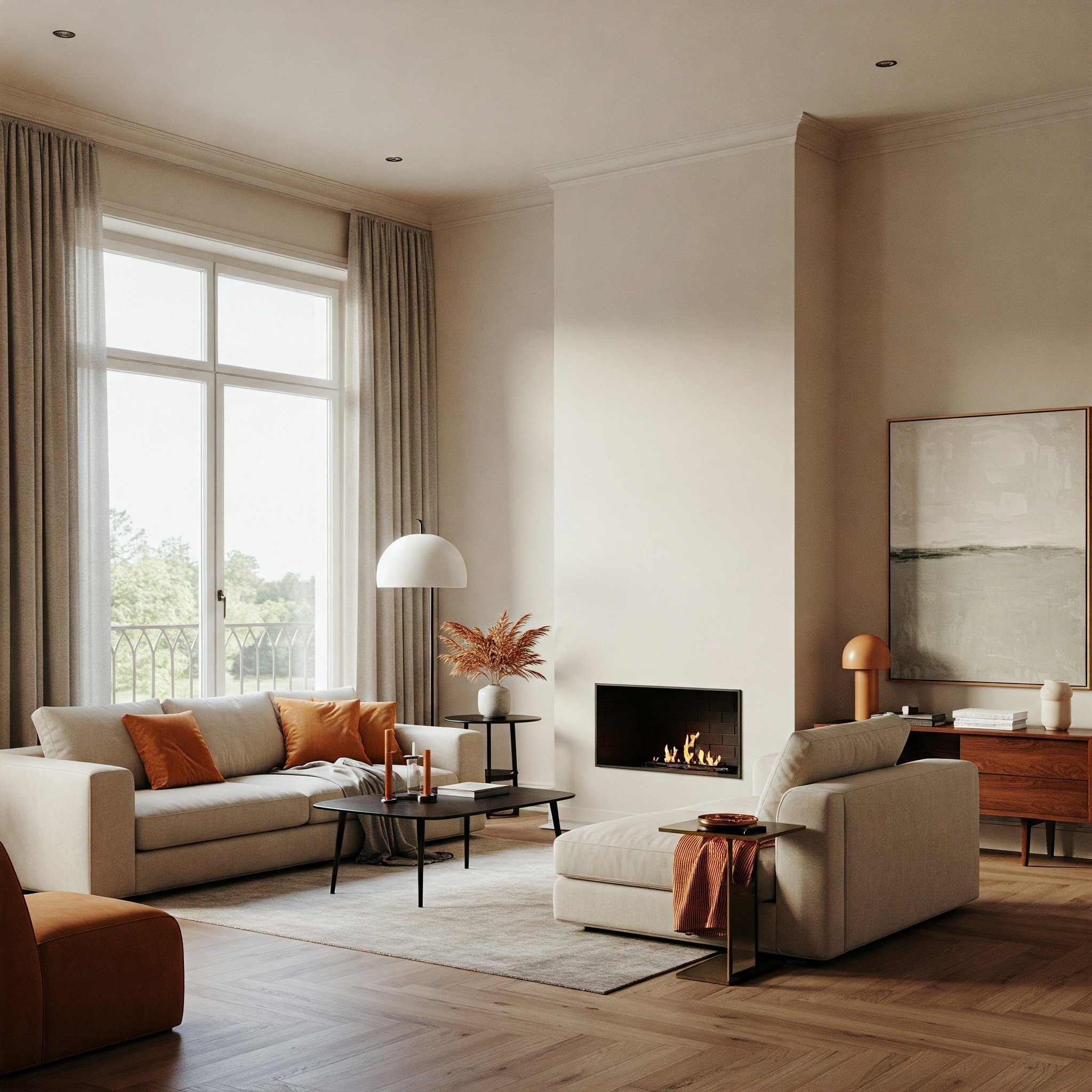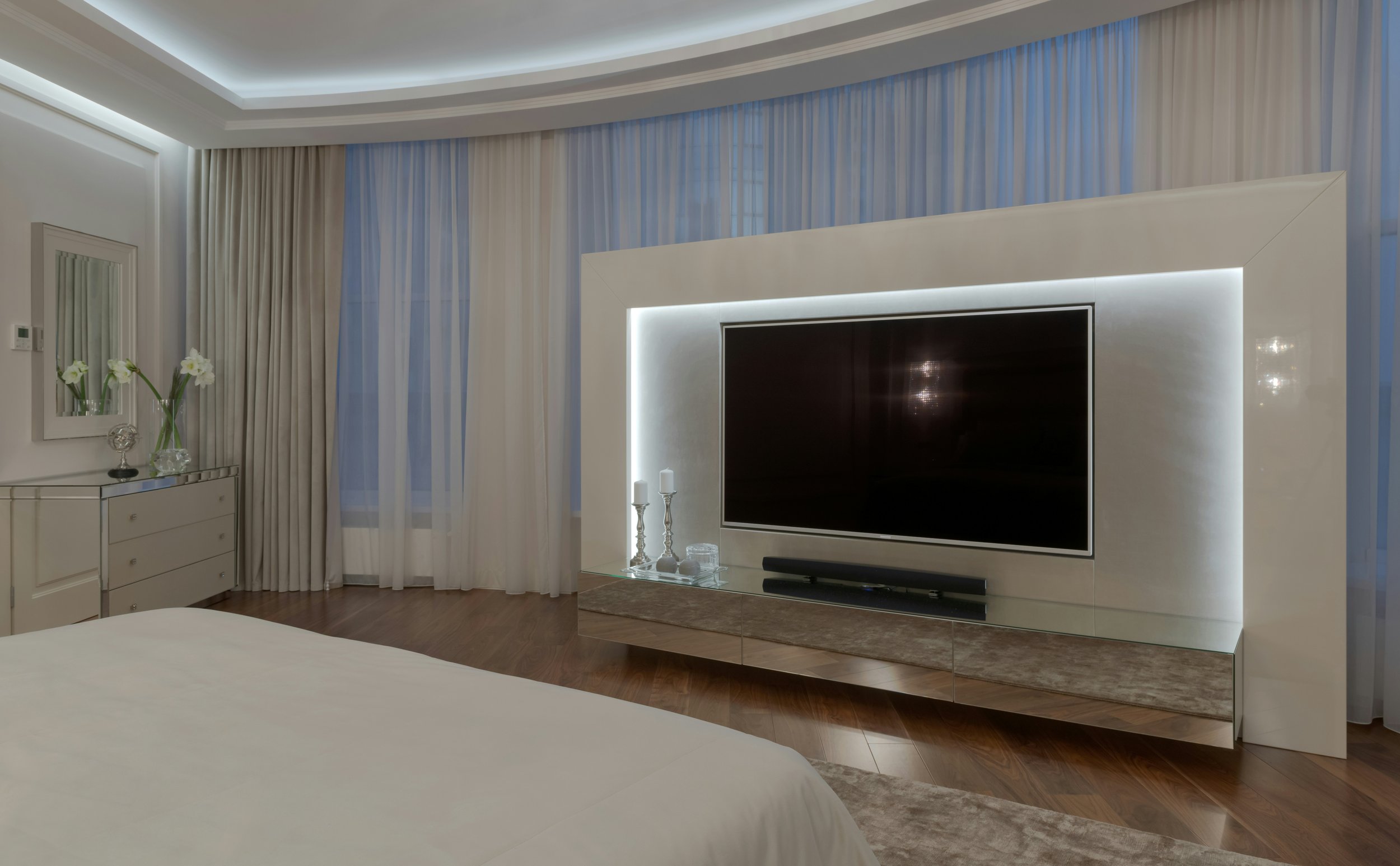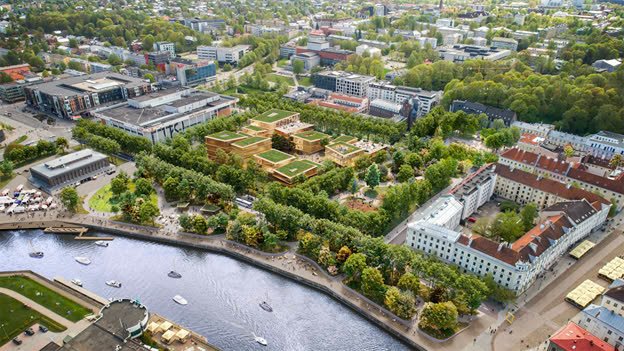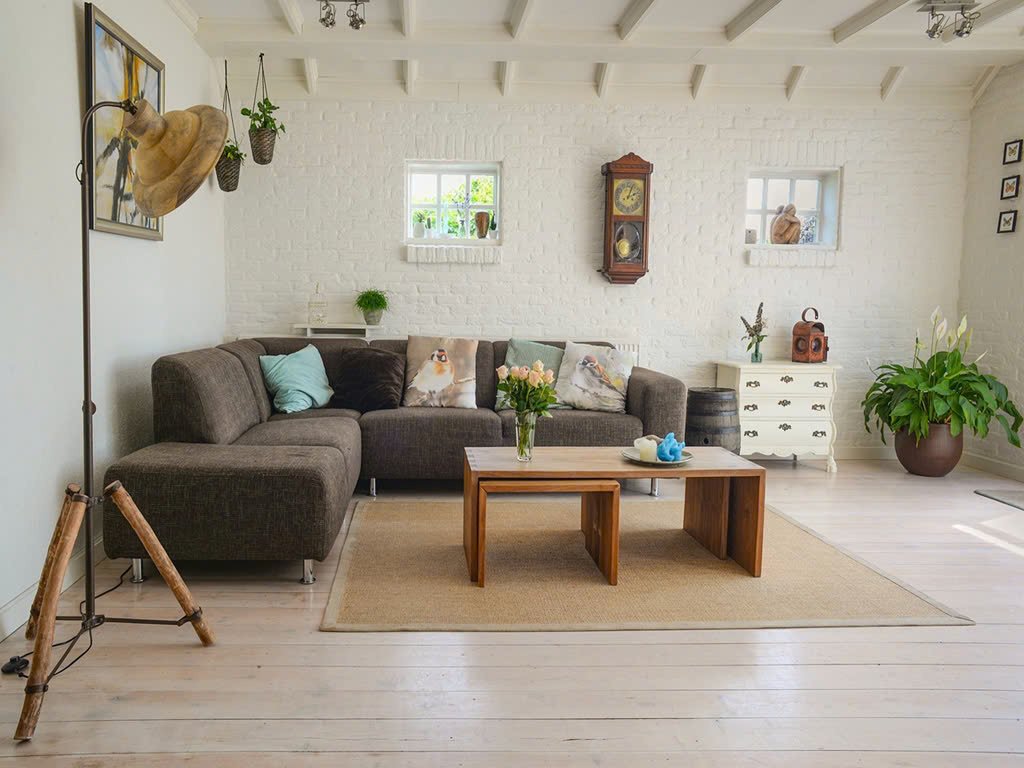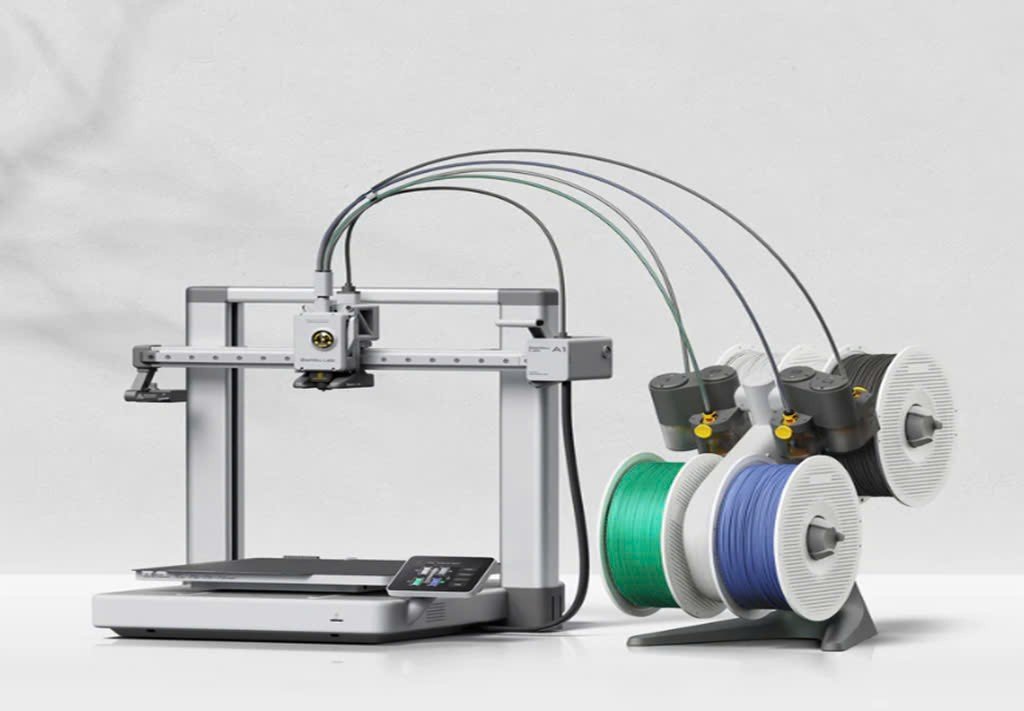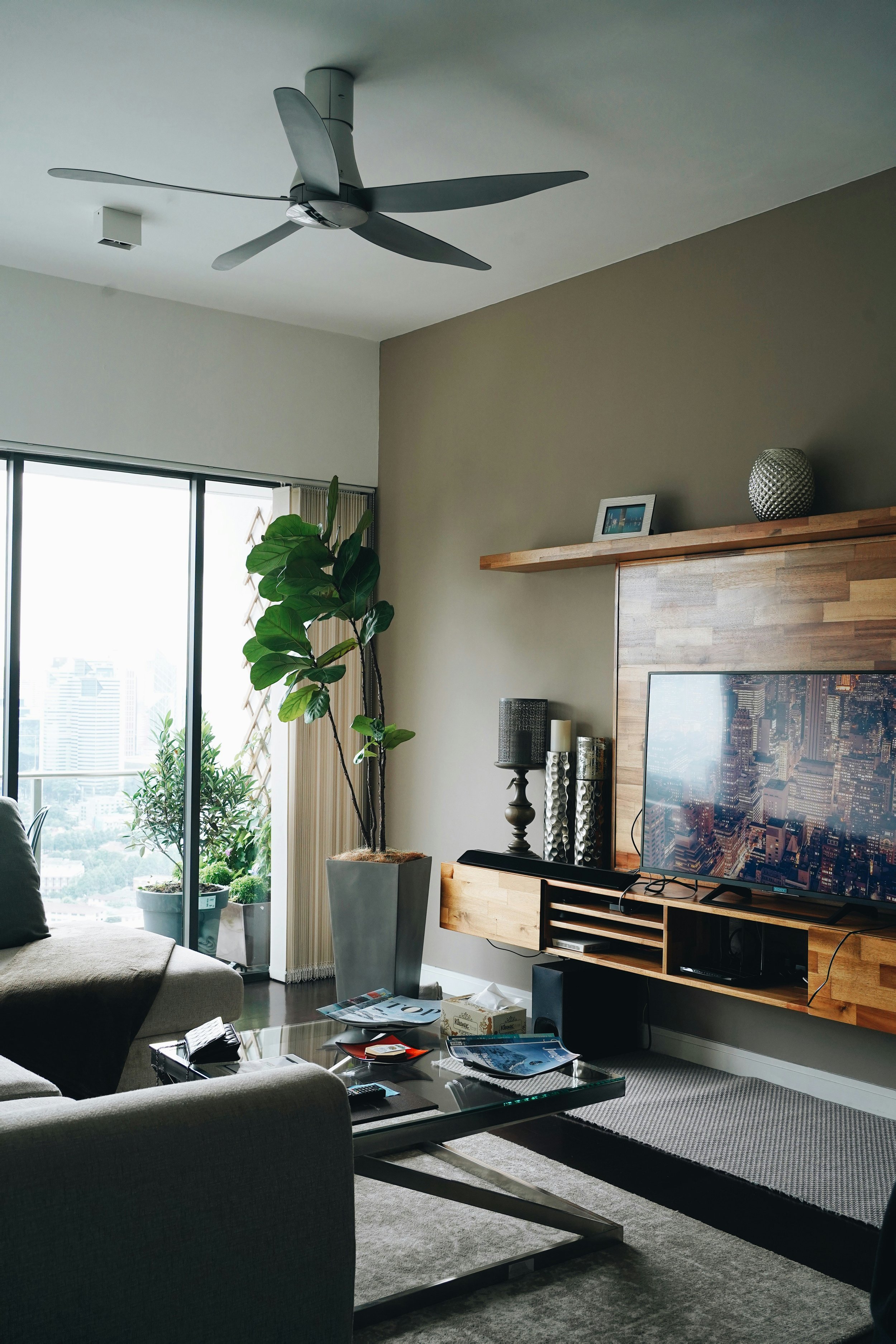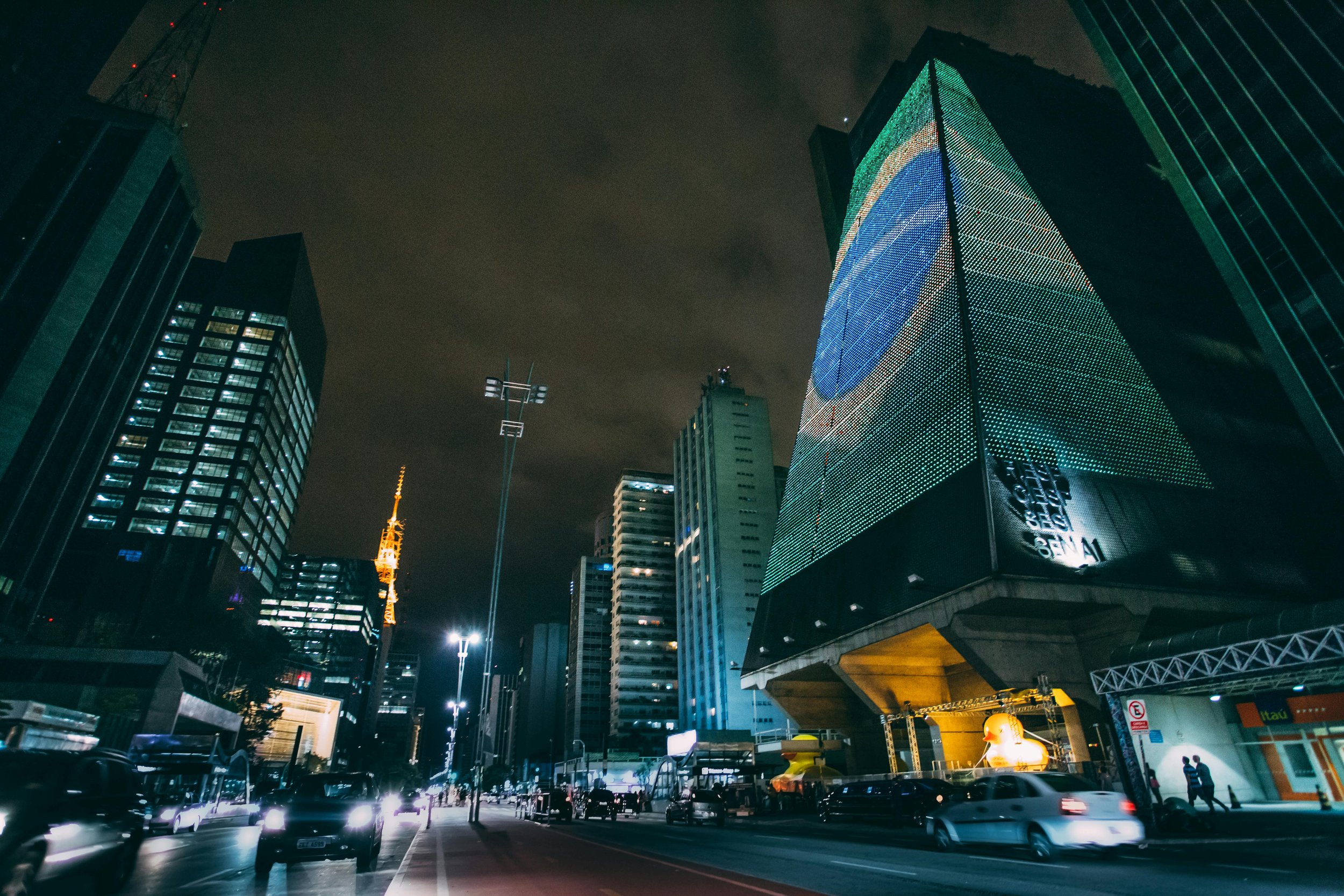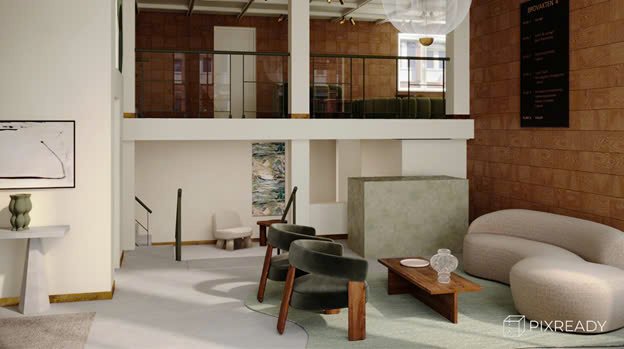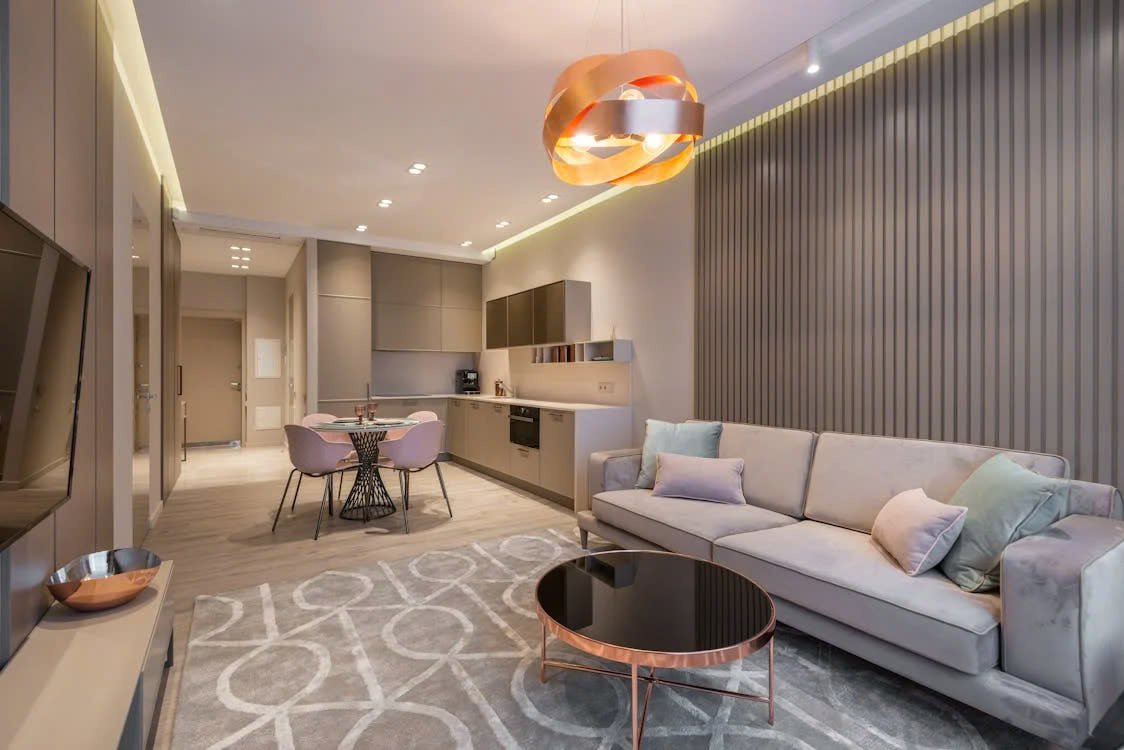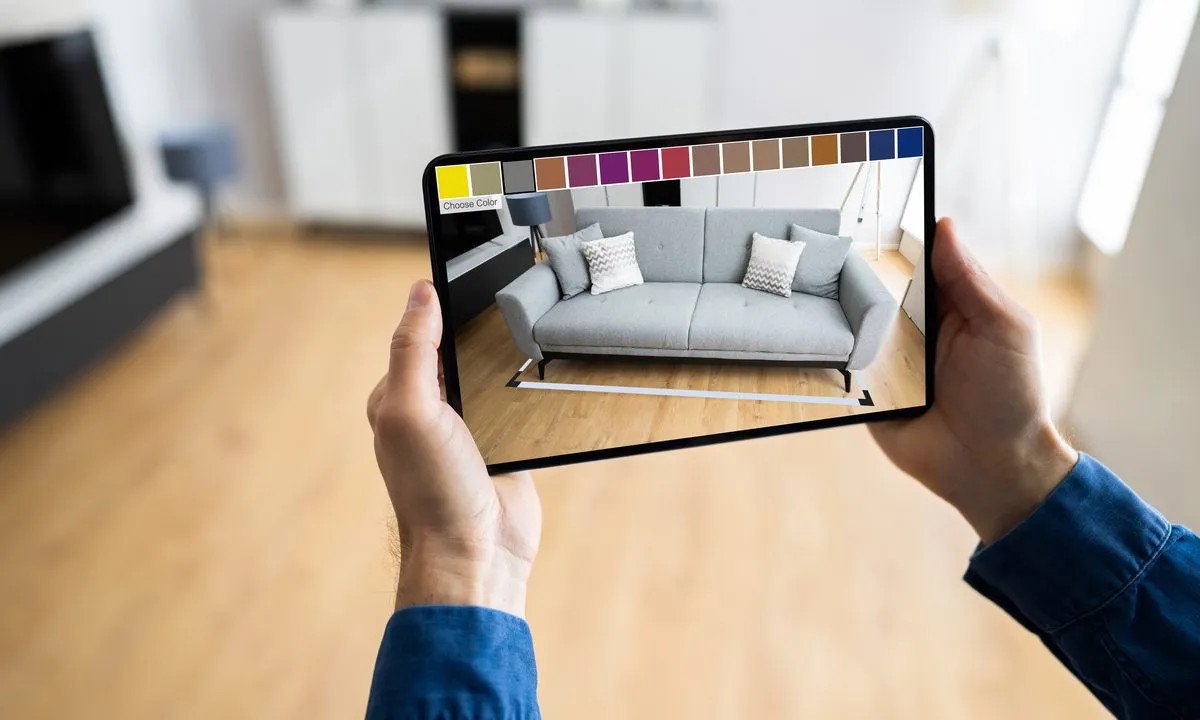Capturing Dreams in Three Dimensions: The Art and Science of Architectural 3D Visualization
Explore the art and science of architectural 3D visualization, capturing dreams in three dimensions to bring your design visions to life with stunning realism and precision.
In the realm of architecture, the evolution of design tools has dramatically transformed how ideas are conceptualized and communicated. Architectural 3D visualization stands at the forefront of this transformation, merging artistic vision with cutting-edge technology to create immersive, lifelike representations of unbuilt spaces. This fascinating discipline not only enhances the design process but also bridges the gap between imagination and reality, enabling architects, clients, and stakeholders to explore and refine their projects with unprecedented clarity.
The Essence of Architectural 3D Visualization
At its core, architectural 3D visualization involves creating three-dimensional models of architectural designs using specialized software. These models can range from simple, abstract forms to highly detailed and photorealistic representations. The process begins with the architect's drawings or digital plans, which are then translated into 3D space. Through careful manipulation of geometry, textures, lighting, and materials, a digital artist breathes life into the design, creating a visual experience that closely mimics the final built environment.
Enhancing the Design Process
The advent of 3D visualization has significantly impacted the architectural design process. Traditionally, architects relied on two-dimensional drawings and physical models to convey their ideas. While these methods remain valuable, they often lack the depth and perspective needed to fully understand a space. 3D visualization overcomes these limitations, offering a comprehensive view that captures the nuances of scale, proportion, and context.
With 3D models, architects can experiment with different design elements in real-time. They can adjust lighting to study its effects on various surfaces, explore material combinations, and even simulate environmental conditions. This dynamic approach allows for a more iterative and collaborative design process, where feedback can be swiftly incorporated and alternatives can be visualized without the need for costly physical prototypes.
Engaging Clients and Stakeholders
One of the most profound benefits of architectural 3D visualization is its ability to communicate complex ideas to non-experts. Clients and stakeholders, who may struggle to interpret technical drawings, can instantly grasp the essence of a design through immersive visuals. Whether it's a virtual walkthrough of a proposed building or a detailed rendering of an interior space, 3D visualization creates a compelling narrative that fosters understanding and excitement.
This enhanced communication is particularly valuable in large-scale projects involving multiple parties. Developers, investors, regulatory bodies, and community members can all engage with the design in a meaningful way, providing informed feedback and fostering a sense of shared vision. This collaborative spirit not only improves the quality of the final product but also helps to build consensus and support for the project.
Bridging the Gap Between Imagination and Reality
The magic of architectural 3D visualization lies in its ability to transform abstract concepts into tangible experiences. It serves as a bridge between the architect's imagination and the physical world, offering a glimpse of what could be. Through the meticulous crafting of digital environments, architects can test and refine their ideas, ensuring that every detail aligns with their vision and functional requirements.
Moreover, advancements in virtual reality (VR) and augmented reality (AR) are pushing the boundaries of what 3D visualization can achieve. These technologies enable users to immerse themselves in the design, exploring it from every angle and interacting with its elements. Imagine walking through a virtual model of a building before a single brick is laid, experiencing the space as if it were already built. Such experiences not only enhance design accuracy but also inspire innovation and creativity.
Conclusion
Architectural 3D visualization is more than just a technological tool; it is an art form that combines the precision of engineering with the expressiveness of visual storytelling. As the field continues to evolve, it will undoubtedly unlock new possibilities for design, collaboration, and engagement. By capturing dreams in three dimensions, architectural visualization not only shapes the way we design but also how we envision and inhabit our built environment.

